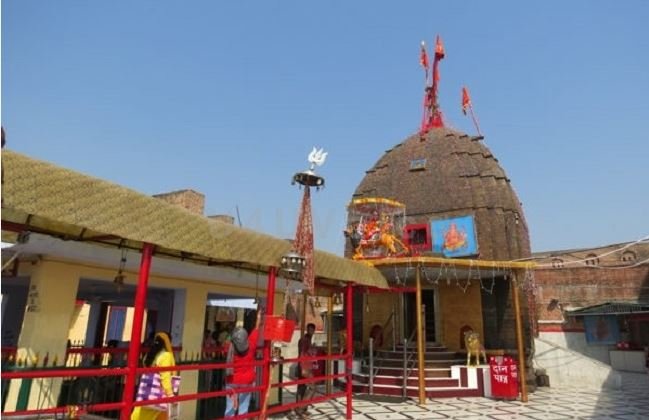Jammu’s ‘Bawe Wali Mata’ Temple Implements Dress Code for Visitors, Respecting Tradition
Jammu's famous Mahakali temple introduces dress code
06-07-2023 : The famous ‘Bawe Wali Mata’ temple in Jammu and Kashmir has recently implemented a dress code for visitors. The temple management has urged visitors to dress “decently,” cover their heads and refrain from wearing inappropriate attire such as shorts, miniskirts, ripped jeans, and capri pants while on the temple premises. This dress code, which is a first-of-its-kind regulation in Jammu city, was prominently displayed as a notice near the temple’s entrance, located in the Bahu Fort area.
The decision to introduce the dress code follows similar measures taken by several temples in different parts of India, including Nagpur, the Radharani temple in Barsana, and the Hanuman Dham in Shamli. The notice at the ‘Bawe Wali Mata’ temple emphasizes the importance of maintaining the sanctity of the shrine and requests the cooperation of devotees in adhering to the dress code. The temple management aims to create a respectful environment and preserve the religious significance of the temple.
Head priest Mahant Bitta clarified that the dress code is not an order but an advisory for the devotees. He expressed concern that some visitors have treated the temple as a picnic spot and emphasized the need to follow a proper and traditional dress code as a mark of reverence. The temple management has stationed staff members at the gate to educate visitors about the dress code. They have also made arrangements for headcloths and longis at the gate, although wearing them is not mandatory.
Many devotees have expressed satisfaction with the implementation of the dress code and have commended the temple authorities for their decision. They believe that following the dress code is crucial for upholding Hindu samskaras (traditions) and showing respect to the temple.
However, there are differing opinions on the matter. many suggest that if other temples consider implementing similar dress codes, it should be discussed further. He raises concerns about the impact on foreign visitors who frequent temples in Kashmir, as imposing a dress code may limit their opportunities to visit. These concerns highlight the need for a balanced approach that respects both cultural customs and the diverse nature of temple visitors.




